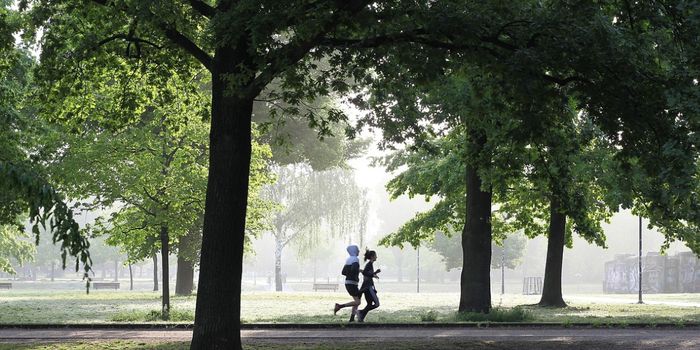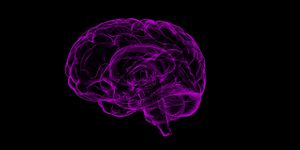Almost 8 billion people live in the world today, so there are bound to be strangers who look just like each other. While various analyses have suggested that we don't all have an exact twin somewhere out there, many people do have a doppelgänger. As social media use and picture sharing has exploded in popularity, more look-alikes are being found. New research has shown that individuals who look alike also share more than facial characteristics, they also share DNA. When scientists assessed photos and genetic data from various people, they found that people who have similar faces also carry similar genetic variants. The findings have been published in Cell Reports.
While people carry mostly the same genes, there are small differences throughout the genome that make us individuals. In recent years, scientists have also discovered other characteristics that set us apart from one another, such as epigenetic tags that modify gene expression without changing the sequence of DNA, and the microbes we carry in our bodies.
This research has provided "a rare insight into human likeness" by revealing common genotypes among people who have extremely similar faces. However, there are differences between them "at the epigenome and microbiome levels," explained senior study author Manel Esteller of the Josep Carreras Leukemia Research Institute. "Genomics clusters them together, and the rest sets them apart."
In this study, the researchers utilized the work of photographer François Brunelle, who has been documenting people around the world who look alike since 1999. The scientists focused on 32 couples with very similar faces, who were selected by three facial recognition algorithms.
Those people provided saliva samples, which includes DNA, and completed a biometric analysis and questionnaires about their lifestyles. "This unique set of samples has allowed us to study how genomics, epigenomics, and microbiomics can contribute to human resemblance," Esteller said.
Methylation patterns, which are common epigenetic tags, as well as the composition of the microbiome, were found to be different among people who looked alike, but they did have similar genotypes. All three algorithms agreed about how similar 16 of the 32 couples looked. Of those 16 very similar-looking couples, nine of the couples carried very similar genetic variants when 19,277 common single-nucleotide polymorphisms were considered.
There were also correlations among the look-alikes when it came to height, weight, and lifestyle choices such as smoking habits and educational levels. The researchers suggested that this shows how variants in genes affect not only physical traits, but behavior and habits too.
The very small sample size is a drawback of the study, but the researchers noted that it still has implications for fields such as forensics. DNA could one day be used, for example, to accurately reconstruct a person's facial appearance; or, a patient's facial features could inform a diagnosis, noted Esteller.
Sources: Cell Press, Cell Reports









